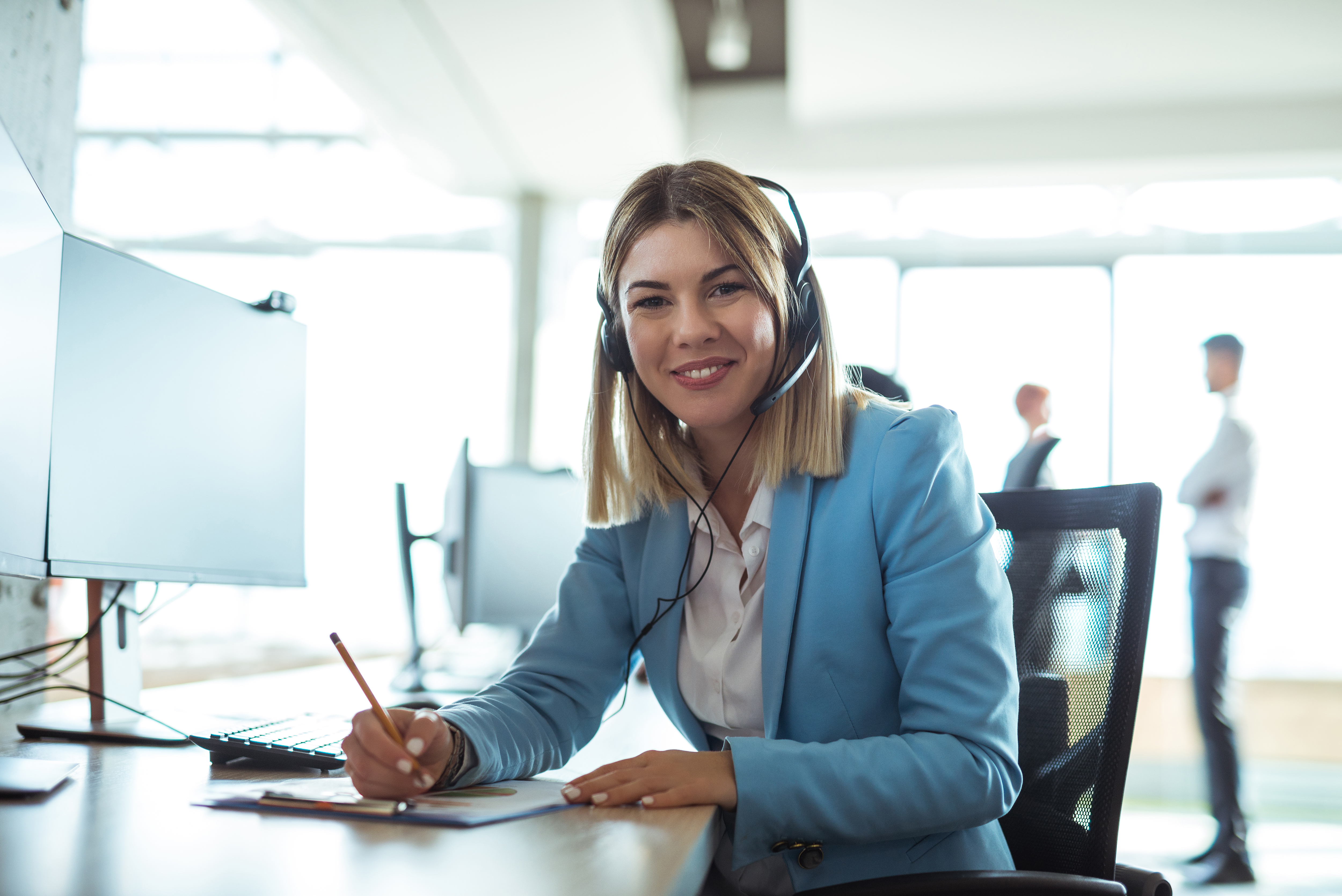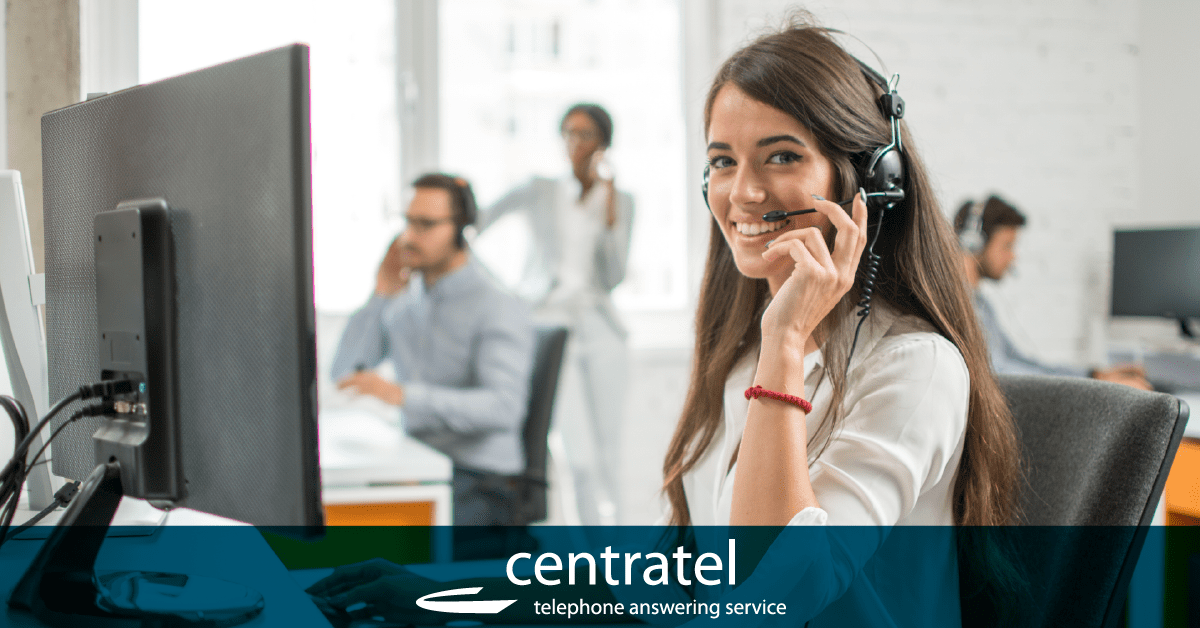All Categories
Featured
Table of Contents
- – Best What Is An Answering Services & How Does I...
- – What Is The Best Phone Answering And Messaging...
- – What Is The Best Telephone Answering Service -...
- – Best How Do Answering Services Work? Store Ne...
- – Where To Buy Best What Is An Answering Service?
- – Which Is The Best Phone Answering Services -...
Best What Is An Answering Services & How Does It Work? Prices Near Me
This device and its followers were developed by Sava Jacobson, an electrical engineer with a private consulting business. While early answering makers utilized magnetic tape technology, most modern-day devices uses solid state memory storage; some devices use a mix of both, with a solid-state circuit for the outbound message and a cassette for the inbound messages.
"toll saving" below) (telephone answering service). This is helpful if the owner is screening calls and does not wish to speak to all callers. In any case after going, the calling party must be notified about the call having been responded to (for the most part this starts the charging), either by some remark of the operator, or by some welcoming message of the little, or addressed to non-human callers (e.
This holds particularly for the Little bits with digitally saved greeting messages or for earlier machines (before the rise of microcassettes) with a special unlimited loop tape, different from a 2nd cassette, committed to recording. There have been answer-only gadgets with no recording capabilities, where the greeting message had to notify callers of a state of current unattainability, or e (virtual call answering service).
What Is The Best Phone Answering And Messaging Service Service?

about accessibility hours. In taping TADs the welcoming generally consists of an invitation to leave a message "after the beep". A voice mail that uses a microcassette to record messages On a dual-cassette answerphone, there is an outgoing cassette, which after the specified number of rings plays a pre-recorded message to the caller.

Single-cassette voice mail consist of the outbound message at the beginning of the tape and inbound messages on the remaining space. They first play the statement, then fast-forward to the next available area for recording, then record the caller's message. If there are many previous messages, fast-forwarding through them can cause a significant delay.
This beep is often referred to in the greeting message, requesting that the caller leave a message "after the beep". TADs with digital storage for the taped messages do disappoint this delay, naturally. A little bit might provide a push-button control center, where the answerphone owner can call the house number and, by going into a code on the remote telephone's keypad, can listen to recorded messages, or erase them, even when far from house.
What Is The Best Telephone Answering Service - Dexcomm - U.s. Based On The Market Now

Therefore the machine increases the number of rings after which it responds to the call (generally by 2, resulting in 4 rings), if no unread messages are currently saved, but answers after the set variety of rings (typically two) if there are unread messages. This enables the owner to find out whether there are messages waiting; if there are none, the owner can hang up the phone on the, e.
Some devices also permit themselves to be remotely triggered, if they have been turned off, by calling and letting the phone ring a particular a great deal of times (typically 10-15). Some company desert calls currently after a smaller variety of rings, making remote activation impossible. In the early days of Little bits an unique transmitter for DTMF tones (dual-tone multi-frequency signalling) was regionally needed for push-button control, because the previously used pulse dialling is not apt to convey appropriate signalling along an active connection, and the dual-tone multi-frequency signalling was executed step-by-step.
Any incoming call is not recognizable with respect to these properties in advance of going "off hook" by the terminal devices. So after going off hook the calls must be changed to appropriate gadgets and just the voice-type is right away available to a human, however possibly, nonetheless need to be routed to a LITTLE (e.
Best How Do Answering Services Work? Store Near Me
What if I told you that you do not need to actually choose up your device when answering a consumer call? Somebody else will. So practical, right? Answering call doesn't need somebody to be on the other end of the line. Effective automated phone systems can do the trick just as efficiently as a live representative and in some cases even much better.
An automated answering service or interactive voice response system is a phone system that interacts with callers without a live individual on the line - virtual answering service. When companies use this innovation, customers can get the response to a question about your company merely by utilizing interactions established on a pre-programmed call circulation.
Although live operators upgrade the client service experience, many calls do not require human interaction. An easy documented message or instructions on how a client can retrieve a piece of information typically resolves a caller's immediate need - business call answering service. Automated answering services are a simple and effective way to direct incoming calls to the right person.
Where To Buy Best What Is An Answering Service?
Notification that when you call a business, either for support or item inquiry, the first thing you will hear is a pre-recorded voice greeting and a series of alternatives like press 1 for customer care, press 2 for questions, and so on. The pre-recorded choices branch off to other choices depending upon the client's selection.
The phone tree system assists direct callers to the ideal person or department using the keypad on a smart phone. In some circumstances, callers can utilize their voices. It's worth keeping in mind that auto-attendant choices aren't restricted to the ten numbers on a phone's keypad. When the caller has picked their first option, you can develop a multi-level auto-attendant that utilizes sub-menus to direct the caller to the best type of help.
The caller does not need to interact with a person if the auto-attendant phone system can manage their issue. The automated service can path callers to an employee if they reach a "dead end" and require assistance from a live representative. It is pricey to employ an operator or executive assistant.
Which Is The Best Phone Answering Services - Ruby Receptionist Services Plan
Automated answering services, on the other hand, are significantly more economical and supply significant expense savings at approximately $200-$420/month. Even if you do not have actually committed staff to deal with call routing and management, an automatic answering service enhances performance by allowing your team to concentrate on their strengths so they can more effectively invest their time on the phone.
A sales lead routed to client service is a lost shot. If a customer who has product questions reaches the wrong department or gets incomplete answers from well-meaning workers who are less trained to deal with a specific kind of question, it can be a cause of disappointment and frustration. An automatic answering system can lessen the variety of misrouted calls, thus helping your workers make much better usage of their phone time while maximizing time in their calendar for other tasks.
With Automated Answering Systems, you can create an individualized experience for both your personnel and your callers. Make a recording of your primary welcoming, and just update it routinely to reflect what is going on in your company. You can develop as lots of departments or menu alternatives as you want.
Table of Contents
- – Best What Is An Answering Services & How Does I...
- – What Is The Best Phone Answering And Messaging...
- – What Is The Best Telephone Answering Service -...
- – Best How Do Answering Services Work? Store Ne...
- – Where To Buy Best What Is An Answering Service?
- – Which Is The Best Phone Answering Services -...
Latest Posts
Budget-Friendly Business Answering Service
Dependable Bilingual Answering Service Near Me ( South East Queensland)
Live Phone Answering ( NSW 2026)
More
Latest Posts
Budget-Friendly Business Answering Service
Dependable Bilingual Answering Service Near Me ( South East Queensland)
Live Phone Answering ( NSW 2026)